The Rising Importance of Sun Protection Clothing
In recent years, sun protection clothing has gained significant importance as a primary defense mechanism against the harmful effects of the sun’s ultraviolet (UV) rays. With skin cancer rates on the rise globally and increased awareness about skin health, individuals are turning towards innovative solutions to protect themselves beyond traditional sunscreens. Sun protection clothing offers a practical, effective means of safeguarding one’s skin without the need for frequent reapplication of sunscreen. This article will delve into the science, features, and benefits of sun protection clothing, incorporating insights into selecting the right garments and understanding their role in a comprehensive sun protection strategy.
The Science Behind Sun Protection Clothing
Sun protection clothing is designed with specially woven fabrics that block or absorb UV rays, preventing them from reaching the skin. The effectiveness of these garments is measured by the Ultraviolet Protection Factor (UPF) rating, which indicates how much UV radiation the fabric can filter. Unlike SPF (Sun Protection Factor), which only applies to sunscreens and measures protection against UVB rays, UPF assesses protection against both UVA and UVB radiation. Fabrics with a UPF rating of 50, for instance, allow only 1/50th of the sun’s UV rays to pass through, providing significant protection. This innovative clothing incorporates materials that reflect UV rays, treatments that enhance UV absorption, and tight weaves that reduce the space between fibers, minimizing UV penetration.
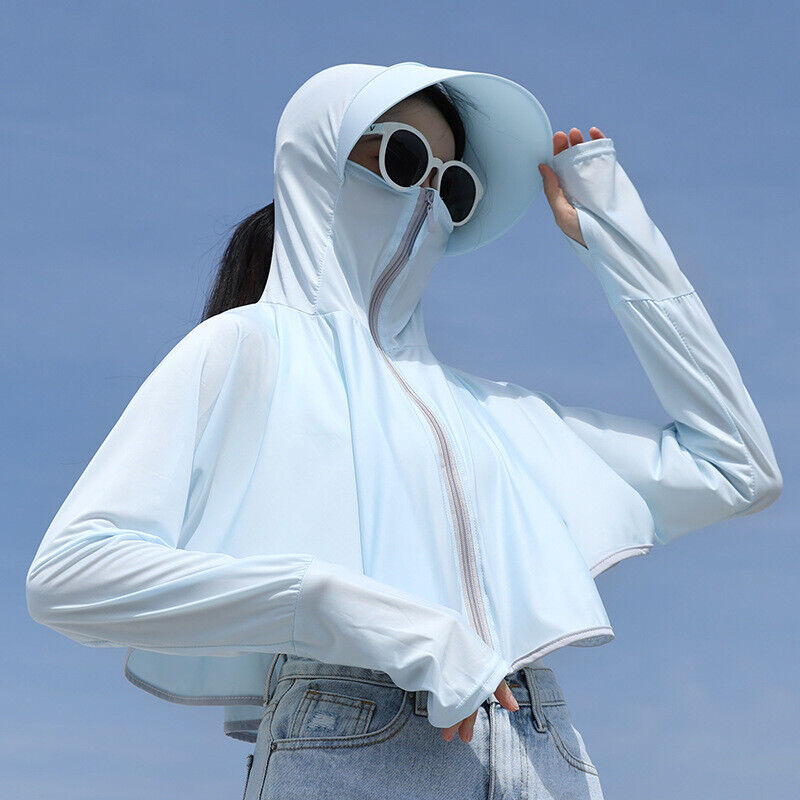
Advantages of Incorporating Sun Protection Clothing into Your Daily Routine
Sun protection clothing offers several benefits over traditional sunscreen. Firstly, it eliminates the concern of uneven application or missed spots, providing consistent protection across covered areas. Secondly, unlike sunscreen, whose effectiveness wanes over time and with exposure to water or sweat, sun protection garments offer durable, all-day coverage without the need for reapplication. This feature is particularly beneficial for outdoor enthusiasts, athletes, and individuals who spend extended periods outside. Additionally, sun protection clothing is available in various styles and designs, from lightweight and breathable options ideal for hot climates to insulated versions for cooler weather, making it versatile for year-round use.
How to Choose the Right Sun Protection Clothing
Selecting the proper sun protection clothing involves considering the UPF rating, fabric type, coverage, and comfort. Opt for garments with a UPF rating of 30 or higher for effective protection. Fabrics like polyester and nylon are excellent for sun protection due to their resilience and ability to reflect UV rays. However, for those seeking natural fibers, densely woven cotton and linen can also provide protection. Seek out clothes that cover as much skin as possible, such as long-sleeved shirts, pants, and wide-brimmed hats. However, ensure that the clothing is lightweight and breathable to maintain comfort, especially in warm weather. Choosing garments that balance protection with wearability encourages regular use, enhancing their effectiveness as a sun protection tool.
Integrating Sun Protection Clothing with Other Sun Safety Measures
While sun protection clothing plays a crucial role in defending against UV radiation, it should be part of a broader sun safety strategy. Combining clothing with high-SPF sunscreen applied to exposed areas maximizes defense against the sun. Sunglasses with UV protection and wide-brimmed hats further shield sensitive areas like the eyes and face. Seeking shade during peak sun intensity hours, typically from 10 a.m. to 4 p.m., further reduces UV exposure risk. By integrating various sun protection methods, individuals can significantly enhance their overall defense against harmful UV rays, decreasing their risk of skin damage and skin cancer.
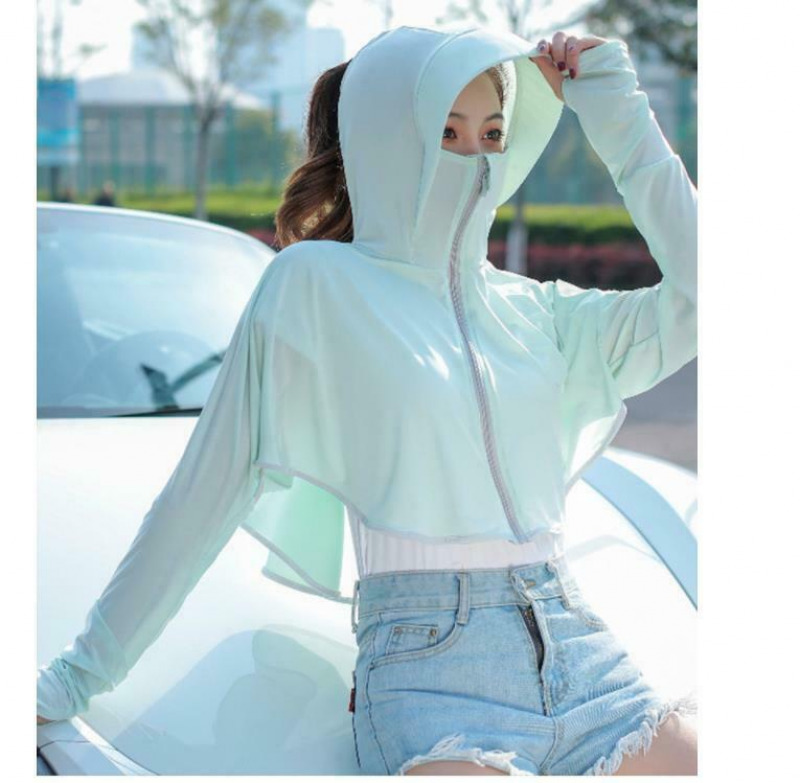
The Future of Sun Protection Clothing: Innovations and Trends
The future of sun protection clothing is ripe with potential, driven by technological advancements and growing consumer demand for health-conscious fashion. Innovations include photoprotective textiles engineered at the molecular level to offer higher UPF ratings without compromising on weight or breathability. Smart textiles that change properties in response to UV intensity, providing more protection as sun exposure increases, are also on the horizon. Furthermore, the integration of biodegradable and eco-friendly materials addresses environmental concerns associated with clothing production. As these innovations evolve, sun protection clothing is set to become an even more integral, fashionable. And ecologically responsible component of sun safety practices.
The Science Behind UPF Ratings
The effectiveness of sun protection clothing is based on the fabric’s UPF rating. Which measures the amount of UV radiation that can seep through the material to reach the skin. A garment with a UPF rating of 50, for example, allows just 1/50th of the sun’s UV rays to pass through, significantly reducing the risk of exposure. The rating is determined by factors such as the tightness of the weave, the type. And treatment of the yarns, and the color of the fabric. Some clothing is chemically treated to absorb UV light, while others are constructed from fibers that naturally possess UV-blocking capabilities. Understanding these ratings is paramount when selecting the appropriate attire for sun safety.
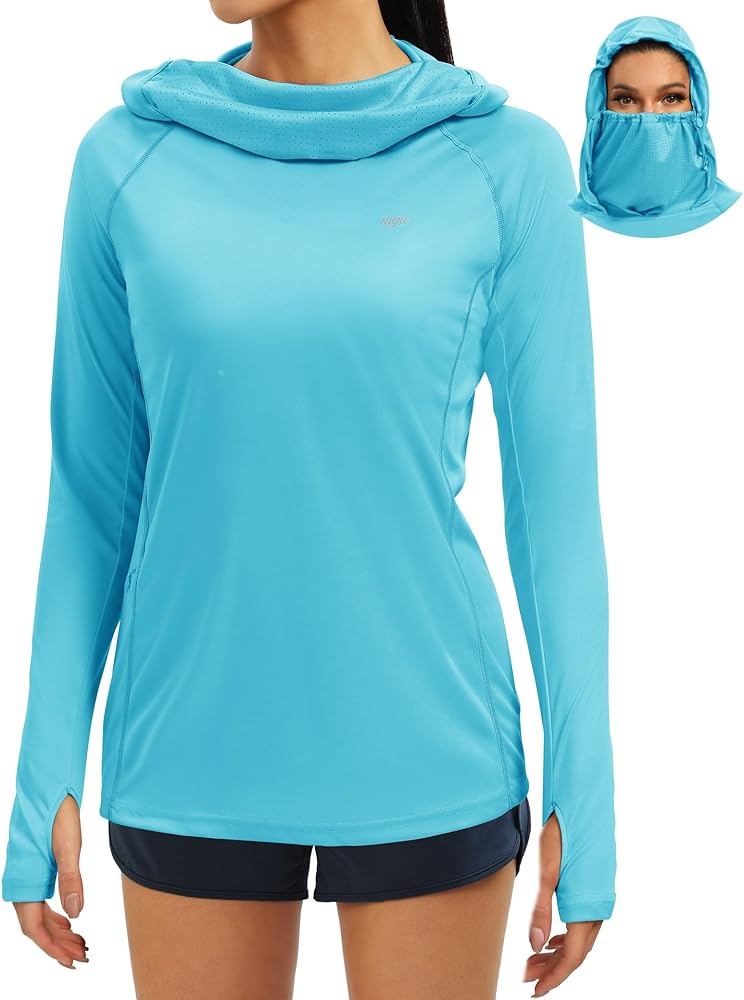
Types of Sun Protection Clothing
Sun protection garments are available in a variety of forms to cater to different needs and preferences. This includes wide-brimmed hats that shield the face and neck. Swimwear that provides coverage and protection while in the water, and lightweight, breathable shirts and pants for everyday outdoor use. These specialized clothes are ideal for everyone, from athletes who spend hours training under the sun to individuals with photosensitive conditions who require extra protection. The diversity of available options ensures that people do not have to sacrifice comfort or style to stay safe from the sun’s damaging effects.
Everyday Use and Versatility
One of the most significant advantages of sun protection clothing is its versatility. Today’s apparel is designed to be fashionable as well as functional, seamlessly integrating into everyday wardrobes. With stylish options available for work, sports, and casual wear. It has never been easier to safeguard one’s skin on a daily basis. Individuals can now dress appropriately for the office or attend social events while being protected from UV rays without needing to constantly reapply sunscreen. This everyday integration of sun-protective clothing signifies a proactive approach to sun safety, ensuring consistent protection throughout the day.
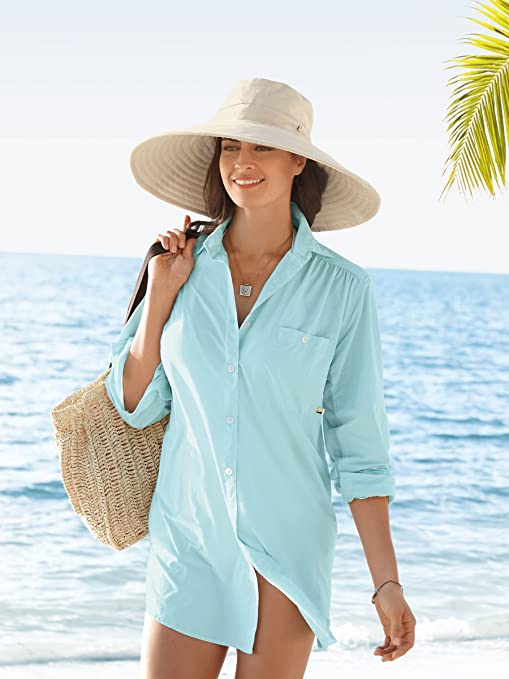
Care and Maintenance of Sun Protection Clothing
Caring for sun protection clothing is essential to maintain its effectiveness. The integrity of the fabric’s UV-blocking capabilities can be compromised over time with wear and cleaning. Therefore, following the manufacturer’s guidelines for care is critical. This usually involves washing the garments in cold water and allowing them to air dry since heat can degrade the UV protective qualities. Additionally, it’s important to periodically check the condition of the clothing for signs of wear, such as thinning material or fading, which can decrease its protective capacity. Proper care and maintenance can considerably extend the life of these garments and ensure ongoing protection from UV rays.
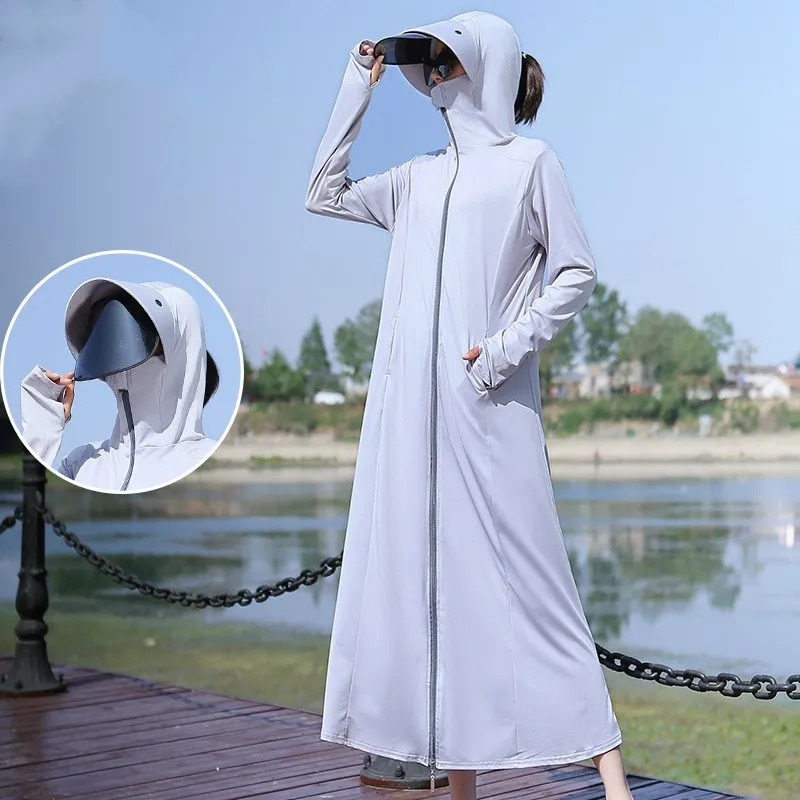
Conclusion: Embracing Sun Protection Clothing for Long-term Health
Sun protection clothing represents a significant advancement in the ongoing battle against the sun’s harmful effects. By providing a convenient, reliable method of safeguarding the skin. These garments play a critical role in preventing sunburns, premature aging, and skin cancer. As awareness grows and technology advances, the integration of sun protection clothing into everyday attire offers a promising avenue for enhancing public health and wellbeing. Adopting this innovative approach, in conjunction with other sun safety practices, paves the way for a healthier, sun-smart future. Enabling people to enjoy the outdoors while minimizing the risks associated with UV exposure.
